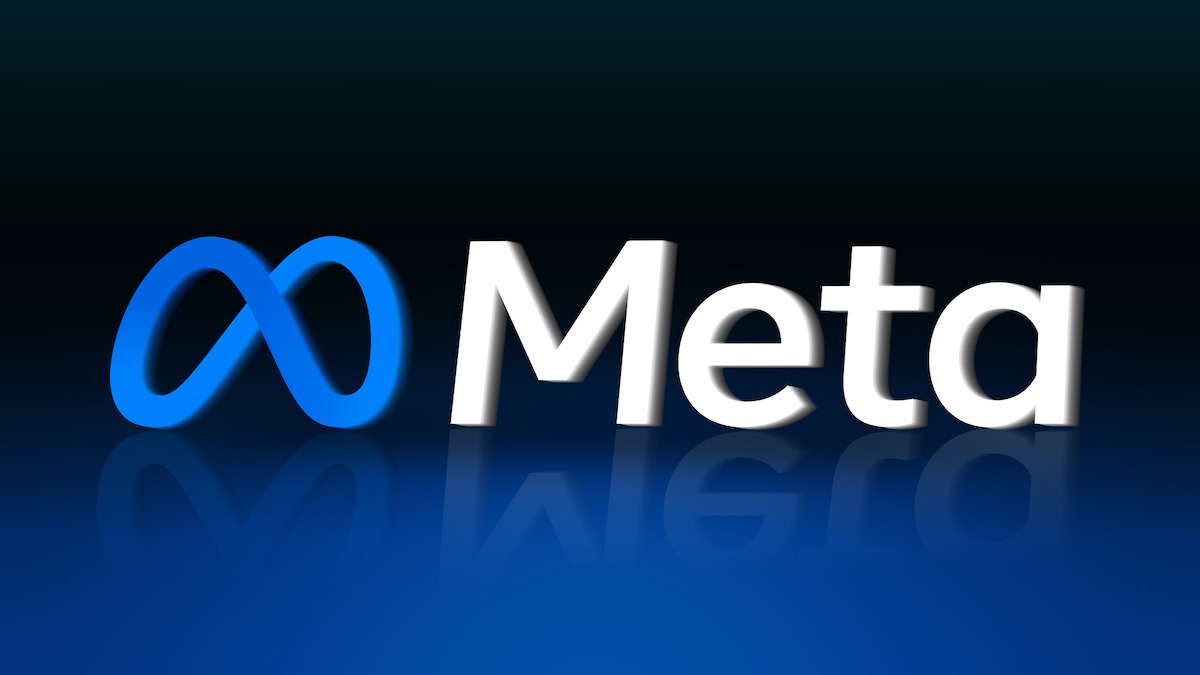
Meta might have arrived late to the AI party, but the Facebook owner is showing no signs of giving up. This week, the social media giant unveiled yet another AI tool: this time, it’s an ‘all-in-one’ translation model capable of understanding close to 100 different languages.
The new AI model, named SeamlessMT4, was detailed in a blog post from Meta, which referenced the famed ‘universal translator’ trope prevalent in a great deal of sci-fi media; in this case, the Babel Fish from Douglas Adams’ The Hitchiker’s Guide to the Galaxy. It’s a snippet of technology that has long remained out of reach within the bounds of fiction, but Meta considers this to be a vital step in making universal translators a reality.
SeamlessM4T is differentiated from existing translation AI tools since it uses a single large language model, as opposed to multiple models working in conjunction. Meta claims this improves the "efficiency and quality of the translation process".
The new AI can read, write, listen, and talk – capable of parsing and producing both speech and text. While text and speech recognition covers almost 100 languages, SeamlessM4T is currently only able to generate its own speech in 36 output languages (including English). It was built on SeamlessAlign, which Meta calls “the biggest open multimodal translation dataset to date”, containing a whopping 270,000 hours of speech and text training data.
Speaking to machines

Meta has been going pretty hard on AI recently, producing multiple new AI models and even committing to developing its own AI chip. SeamlessM4T is the latest step in a push for language-focused AI use, following on from speech-generating AI Voicebox, which Meta (probably wisely) judged was too dangerous to release to the public right now.
SeamlessM4T (and the SeamlessAlign metadata) will be made publicly available under a research license, as part of Meta’s ongoing commitment to transparency in AI development. It’s a canny move from the tech titan, allowing it to both claim openness and fairness within the AI arena while also ensuring that it can take partial credit for future work done using its tools.
Anyone who follows my work closely will be well aware that I’ve been pretty darn critical of AI since the rise of the seemingly omnipresent ChatGPT. But, as I’ve said before, my qualms are mostly focused on the human uses of AI; I personally struggle to see the value in cramming AI into every corner of Windows, but even an AI skeptic like myself has to acknowledge the huge potential of tools such as SeamlessM4T.
I’ll be honest: despite being a writer by trade, I’m rubbish at learning other languages. That wretched Duolingo owl haunts my dreams, taunting me for my inability to properly conjugate in Spanish. But with SeamlessM4T, I’m envisaging a beautiful utopian future where I can visit any country and speak to any local in any native tongue, with their words translated in real-time by a nifty little earpiece loaded with AI tech.
I’m not crazy about the idea of needing to buy that earpiece from Mark Zuckerberg, but hey – one step at a time.







